Home>Ideas and Tips>Indoor Alocasia Care Guide Elephant Ear Plant Tips
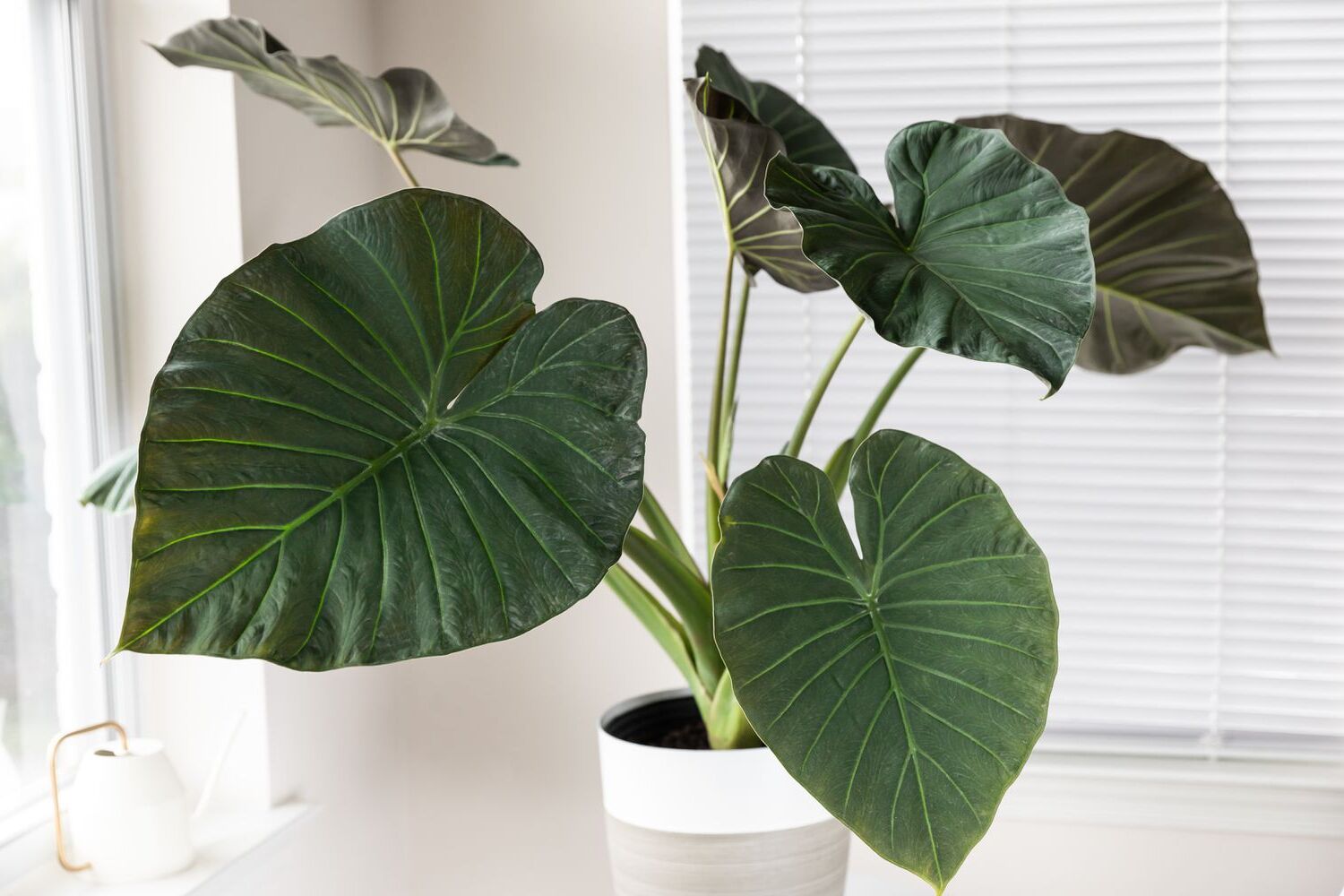

Ideas and Tips
Indoor Alocasia Care Guide Elephant Ear Plant Tips
Published: September 24, 2024
Learn how to care for Alocasia (Elephant Ear) plants indoors with our comprehensive guide on lighting, watering, humidity, soil, and more.
(Many of the links in this article redirect to a specific reviewed product. Your purchase of these products through affiliate links helps to generate commission for Storables.com, at no extra cost. Learn more)
Growing an Alocasia, commonly known as an Elephant Ear plant, indoors can be a rewarding experience. These tropical plants are prized for their large, heart-shaped or arrow-shaped leaves that add a touch of exotic beauty to any room. However, they require specific conditions to thrive. In this comprehensive guide, we will cover everything you need to know about caring for an Alocasia indoors, from lighting and watering to fertilization and pruning.
Understanding Alocasia
Alocasia is a genus of flowering plants in the family Araceae, commonly referred to as the aroid family. These plants are native to tropical regions of Asia and are known for their striking foliage. The term "Elephant Ear" is often used to describe plants from this genus due to their large, ear-shaped leaves. There are nearly 100 species of Alocasia, each with unique characteristics and growth habits.
Types of Alocasia
Some popular species and cultivars of Alocasia include:
- Alocasia cuprea: Known for its metallic bronze-red leaves.
- Alocasia x amazonica: A compact hybrid with deep green leaves and striking white or light green veins.
- Alocasia zebrina: Characterized by zebra-striped stems.
- Alocasia 'Black Velvet': A compact plant with dark green leaves and white veins.
- Alocasia 'Tiny Dancer': A variety with graceful stems and tiny leaves that shed for the winter.
Lighting Requirements
One of the most critical factors in growing an Alocasia indoors is providing the right amount of light. These plants prefer bright, indirect light but can be sensitive to direct sunlight, which may cause leaf burn.
Ideal Lighting Conditions
- Bright Indirect Light: Place your Alocasia near a south or west-facing window. This will provide the necessary light without causing damage to the leaves.
- Avoid Direct Sunlight: Direct sunlight can be too harsh for Alocasia. If you notice your plant's leaves starting to look singed or bleached, it may be getting sunburned. Consider adding a sheer curtain to filter the light or moving the plant to a spot with less direct sunlight.
- Rotate the Plant: Rotate your Alocasia monthly to ensure balanced growth and prevent the leaves from leaning towards one side.
Watering Tips
Alocasia plants thrive in moist environments but are susceptible to overwatering. The key is to maintain evenly moist soil without letting it become soggy.
Watering Frequency
- Watering Schedule: Water your Alocasia about once a week. However, this frequency can vary depending on the humidity level and temperature of your environment.
- Soil Moisture Test: Before watering, test the soil moisture by sticking your finger into the soil up to the first knuckle. If the soil feels dry, it's time to water.
- Misting: Mist the leaves between waterings to provide additional humidity and help maintain the plant's natural moisture balance.
Signs of Overwatering
- Yellowing Leaves: If the edges of your Alocasia's leaves are turning yellow, it could be a sign that the plant is receiving too much water.
- Dark Spots: Overwatering can cause dark brown or black spots on the leaves, often accompanied by a yellowish rim. This is typically due to fungal diseases caused by excess moisture.
Remedies for Overwatering
- Remove Damaged Leaves: Cut off any damaged or diseased leaves to prevent the spread of infection.
- Fungicide Spray: Spray the plant with a fungicide to combat fungal diseases.
- Baking Soda Solution: Mix 1 tablespoon of baking soda, 1 teaspoon of mineral oil, and 2-3 cups of water in a spray bottle. Shake well and spray the plant evenly to help combat fungal infections.
Humidity Requirements
Alocasia plants thrive in humid environments, typically found in tropical regions. To mimic these conditions indoors, you can use various methods to increase the humidity around your plant.
Read more: How To Store Elephant Ears
Methods to Increase Humidity
- Safer Method: Place the pot in a saucer filled with water and add pebbles or marbles. This will create a humid microclimate around the plant without risking root rot.
- Mister: Use a mister to spray the leaves regularly, especially during dry periods.
Soil and Potting Requirements
The right soil and potting conditions are crucial for the health and growth of your Alocasia.
Soil Type
- Loose Potting Mix: Use a loose, well-draining potting mix or crumbly loam that allows excess water to drain quickly.
- Slightly Acidic pH: Maintain a slightly acidic soil pH between 5.5 and 6.5.
Pot Size
- Large Container: Use a large container that is at least one to two sizes larger than the root ball of your Alocasia. This will provide enough room for the roots to grow without becoming root-bound.
Fertilization
Fertilizing your Alocasia regularly will promote healthy foliage growth and strong roots.
Fertilizer Recommendations
- General Purpose Fertilizer: Use a liquid houseplant fertilizer with a 20-20-20 formulation (nitrogen-phosphorus-potassium) during the growing season.
- Dilute Strength: Dilute the fertilizer to half-strength to avoid burning the leaves or causing rampant growth.
- Slow-Release Fertilizer: Opt for slow-release varieties that gradually release nutrients over time, reducing the need for frequent applications.
- Feeding Schedule: Feed your Alocasia once or twice a month during the active growing season (spring and summer). Stop fertilizing during its dormant phase (winter).
Pruning
Pruning is essential for maintaining the health and appearance of your Alocasia.
Pruning Tips
- Remove Damaged Leaves: Only prune your Alocasia to remove damaged, dying, or dead foliage. This will allow nutrients to head towards healthy foliage, promoting its growth.
- Sterile Tools: Use sterile, sharp pruning shears or scissors to cut the stem of the flawed foliage at the base of the plant.
- Gloves: Wear gloves when pruning Alocasia as they are toxic to humans and animals.
Repotting
Repotting your Alocasia every two years or so will refresh the soil and provide new nutrients for the plant.
Repotting Instructions
- Choose a Larger Pot: Select a pot that is around two inches larger than its current home.
- Fresh Soil: Fill the new pot with fresh, slightly acidic potting mix.
- Handle Carefully: Handle the roots gently when repotting to avoid damaging them.
Common Problems
Despite proper care, Alocasia plants can still face various issues such as yellowing edges, dark spots, and droopy leaves.
Yellowing Edges
Symptom: The edges of large leaves turning yellow.
Cause: Unhappy with its light/water balance.
Remedy: Do small weekly tests of giving more or less light OR more or less water until yellowing has stopped.
Dark Spots
Symptom: Dark brown or black spots on leaves surrounded by a yellowish rim.
Cause: Overwatering or not enough air circulation around the plant.
Remedy: Remove damaged leaves; spray with fungicide; mix baking soda solution for additional protection against fungal diseases.
Droopy Leaves
Symptom: Leaves drooping and bending backwards.
Cause: Underwatering.
Remedy: Give your plant a thorough shower allowing all roots to drink; wait until water has drained before returning it to its decorative pot.
Maintaining a Healthy Elephant Ear Plant
By following these tips and guidelines, you can keep your Alocasia healthy and thriving indoors.
Pruning
- Trimming: Safely trim off voluptuous leaves as they age to give your plant more energy for new growth.
- Cleaning: Regularly remove dust from leaves using a damp cloth while supporting the underside with your other hand.
Common Problems Solutions
- Yellowing Edges: Adjust light/water balance by testing small changes weekly until issue resolves.
- Dark Spots: Remove affected areas; spray fungicide; use baking soda solution if necessary.
- Droopy Leaves: Provide thorough shower; wait until water drains before returning plant home.
Conclusion
Growing an Alocasia indoors requires attention to detail regarding lighting, watering, humidity levels, soil quality, fertilization schedules, pruning practices, and repotting needs. By understanding these factors and addressing common problems promptly, you can enjoy the beauty of these tropical plants year-round in any indoor environment. Whether you're a seasoned gardener or just starting out with houseplants, following this comprehensive guide will help ensure that your Alocasia thrives under your care.
Was this page helpful?
At Storables.com, we guarantee accurate and reliable information. Our content, validated by Expert Board Contributors, is crafted following stringent Editorial Policies. We're committed to providing you with well-researched, expert-backed insights for all your informational needs.
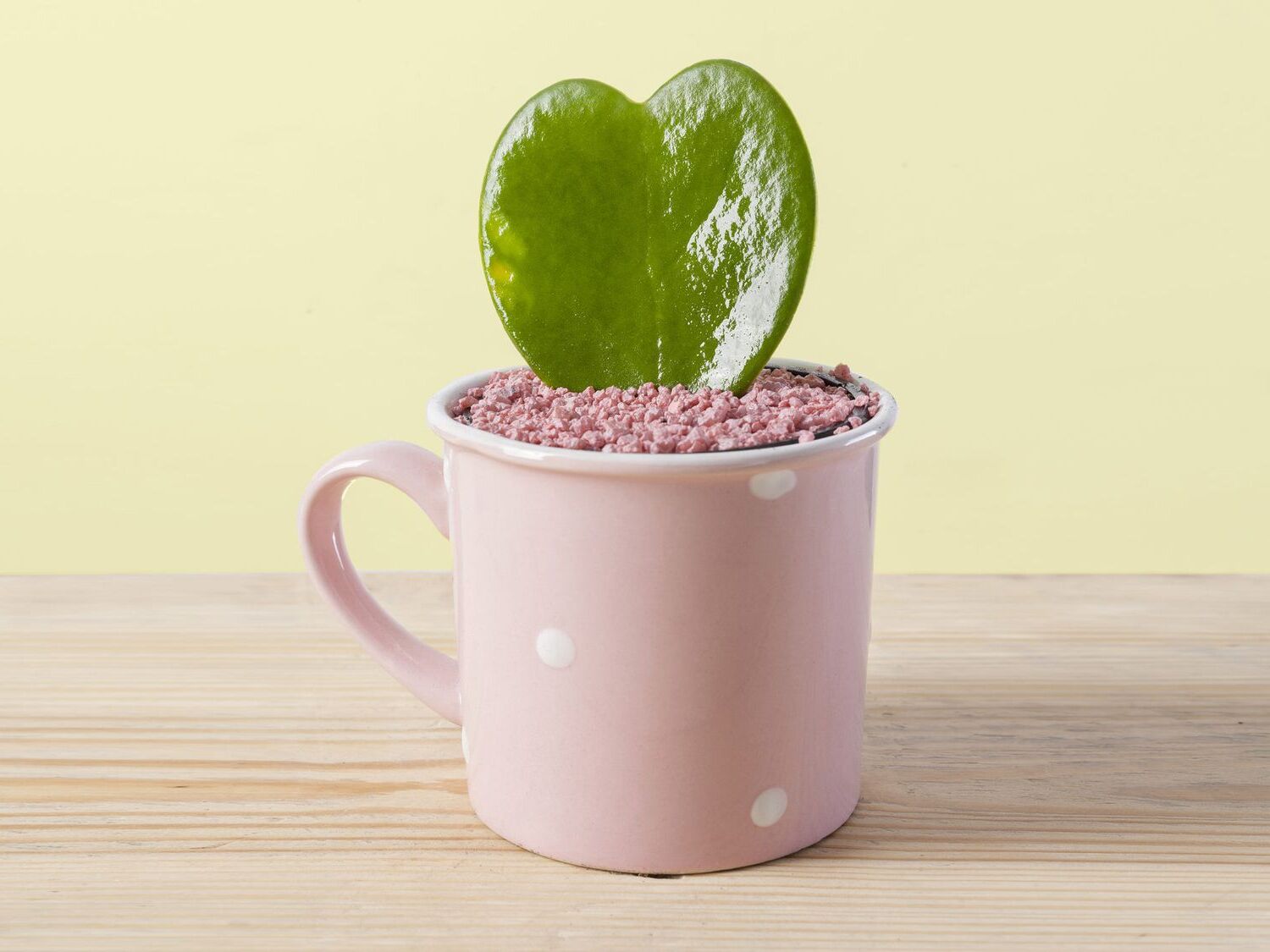
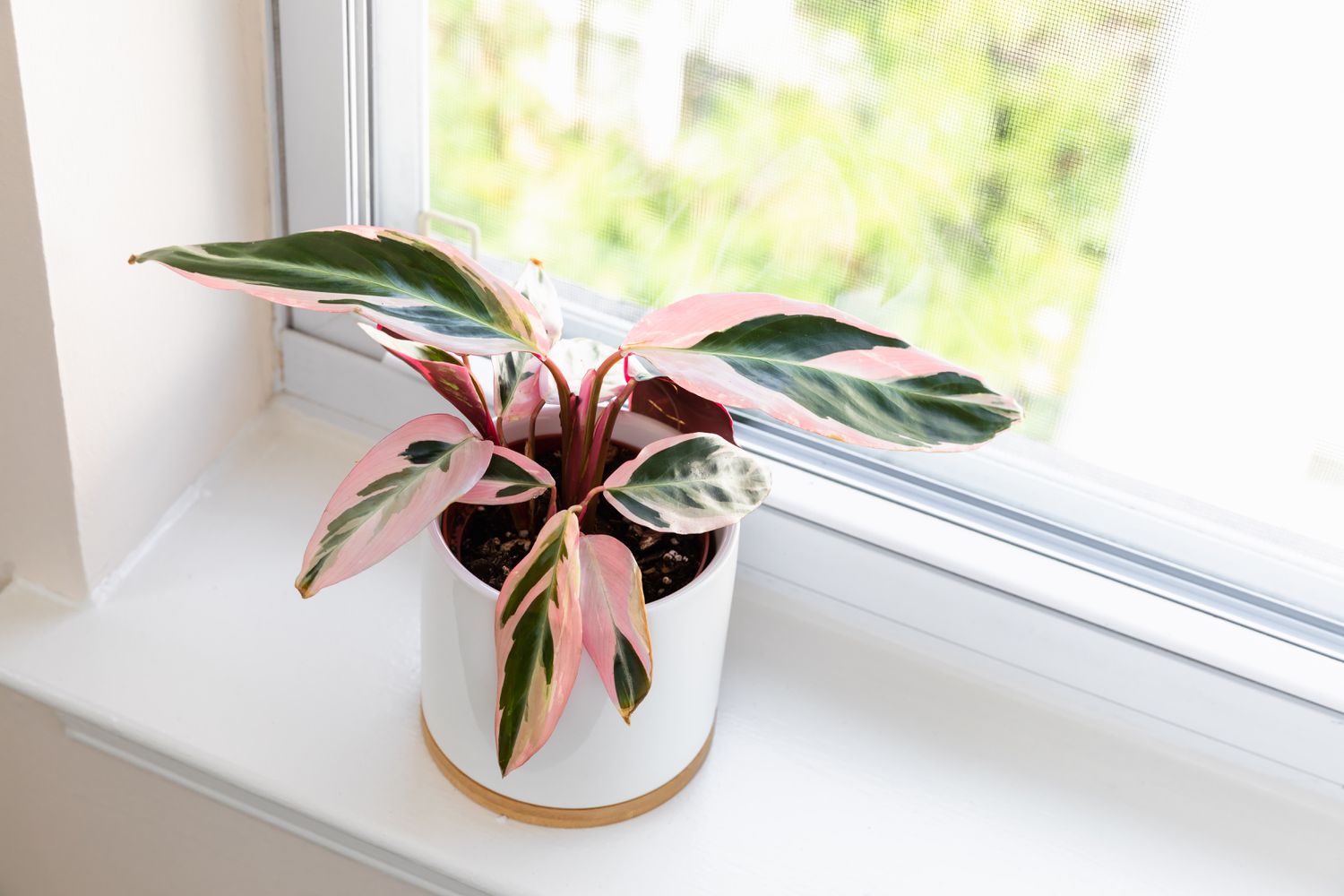
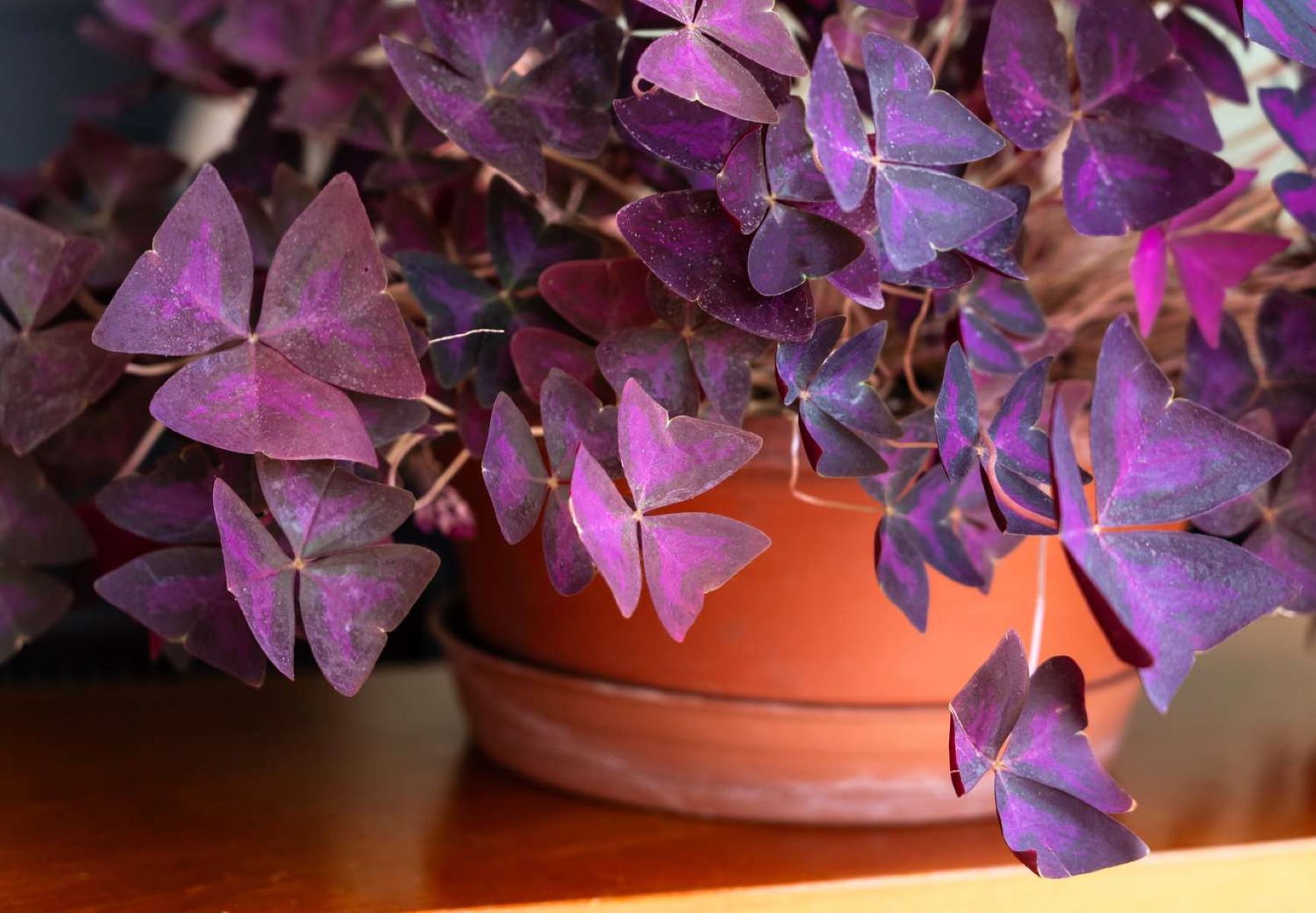
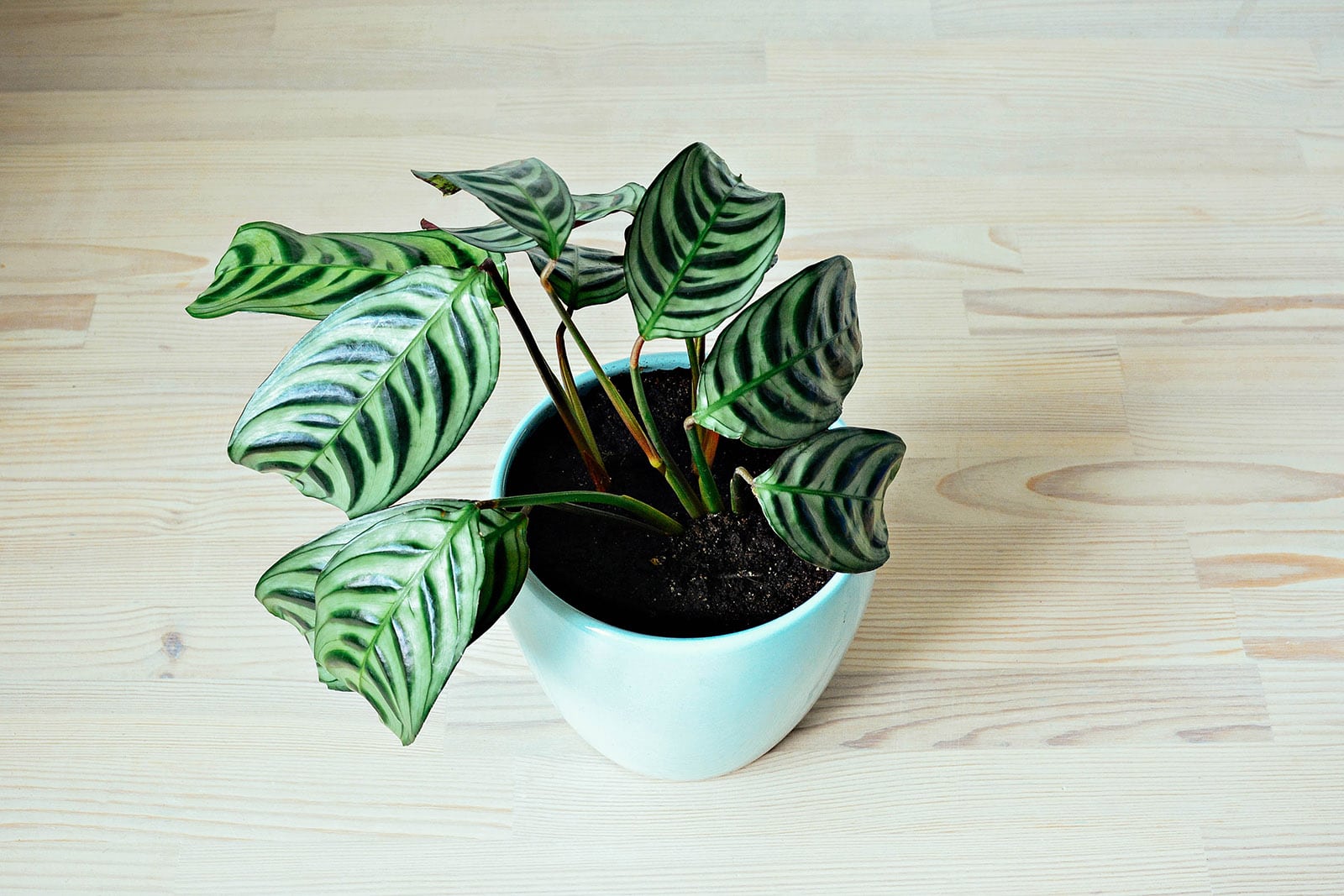
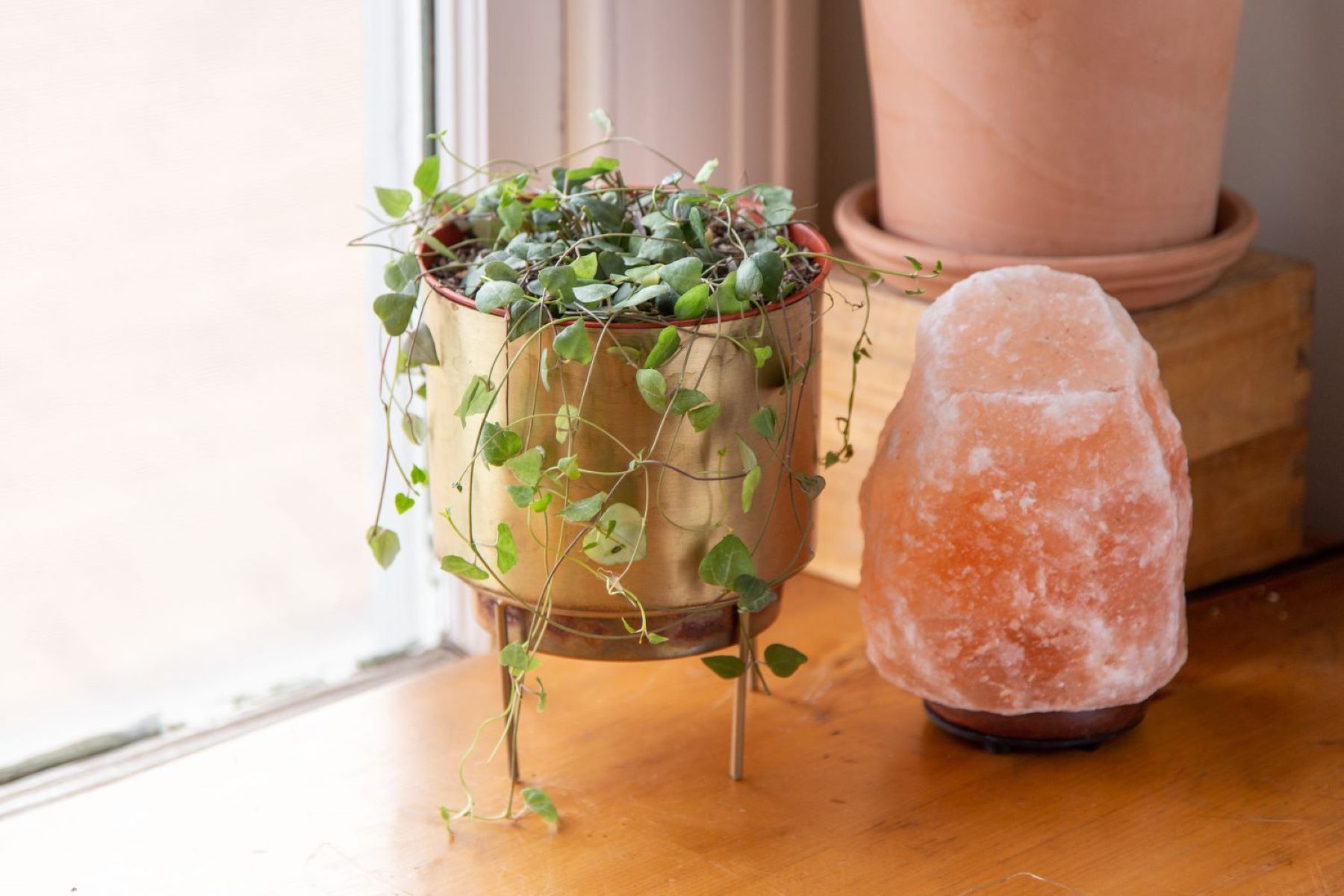
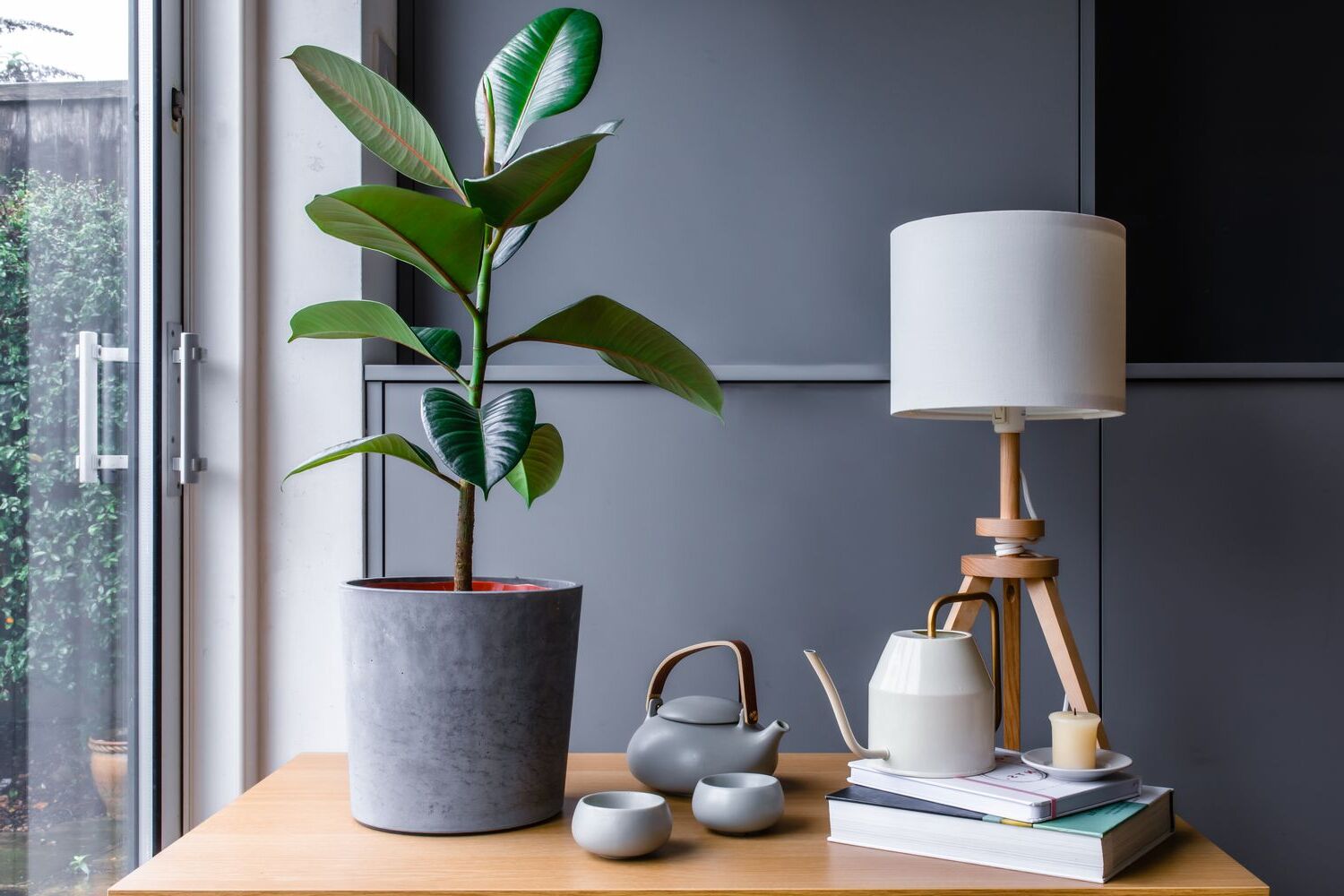
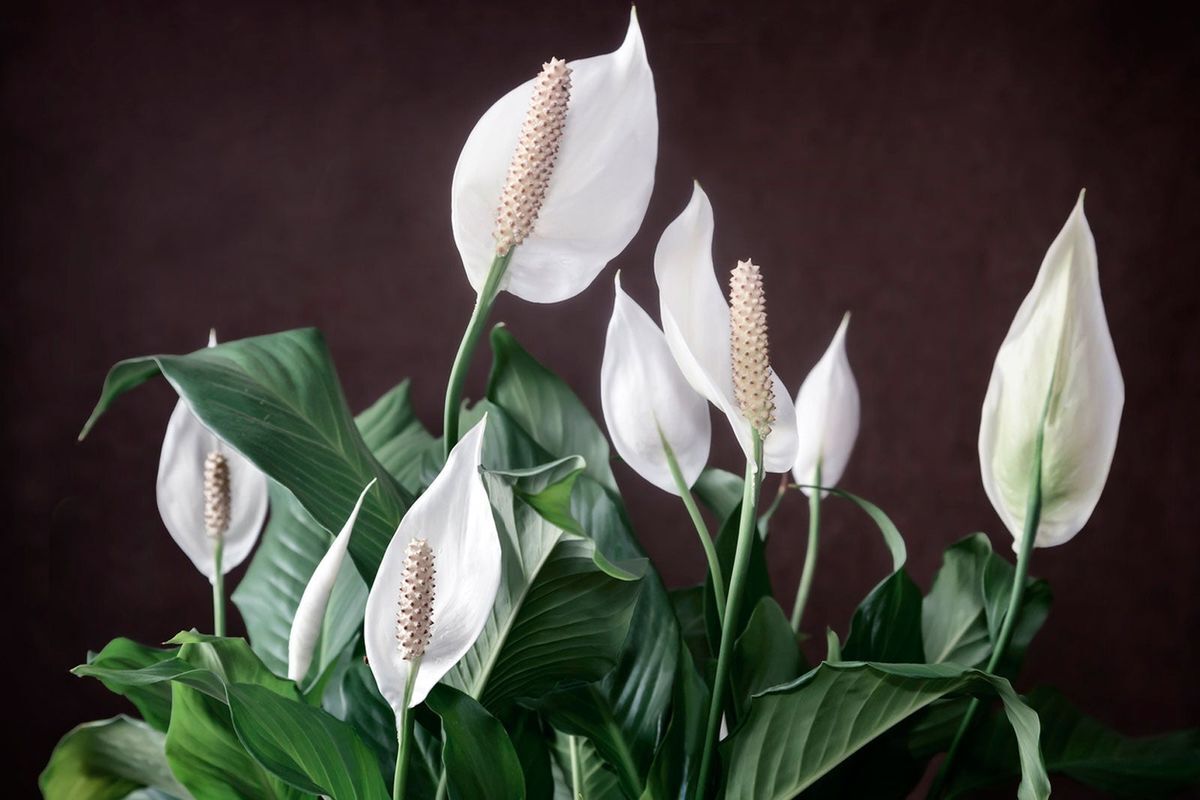
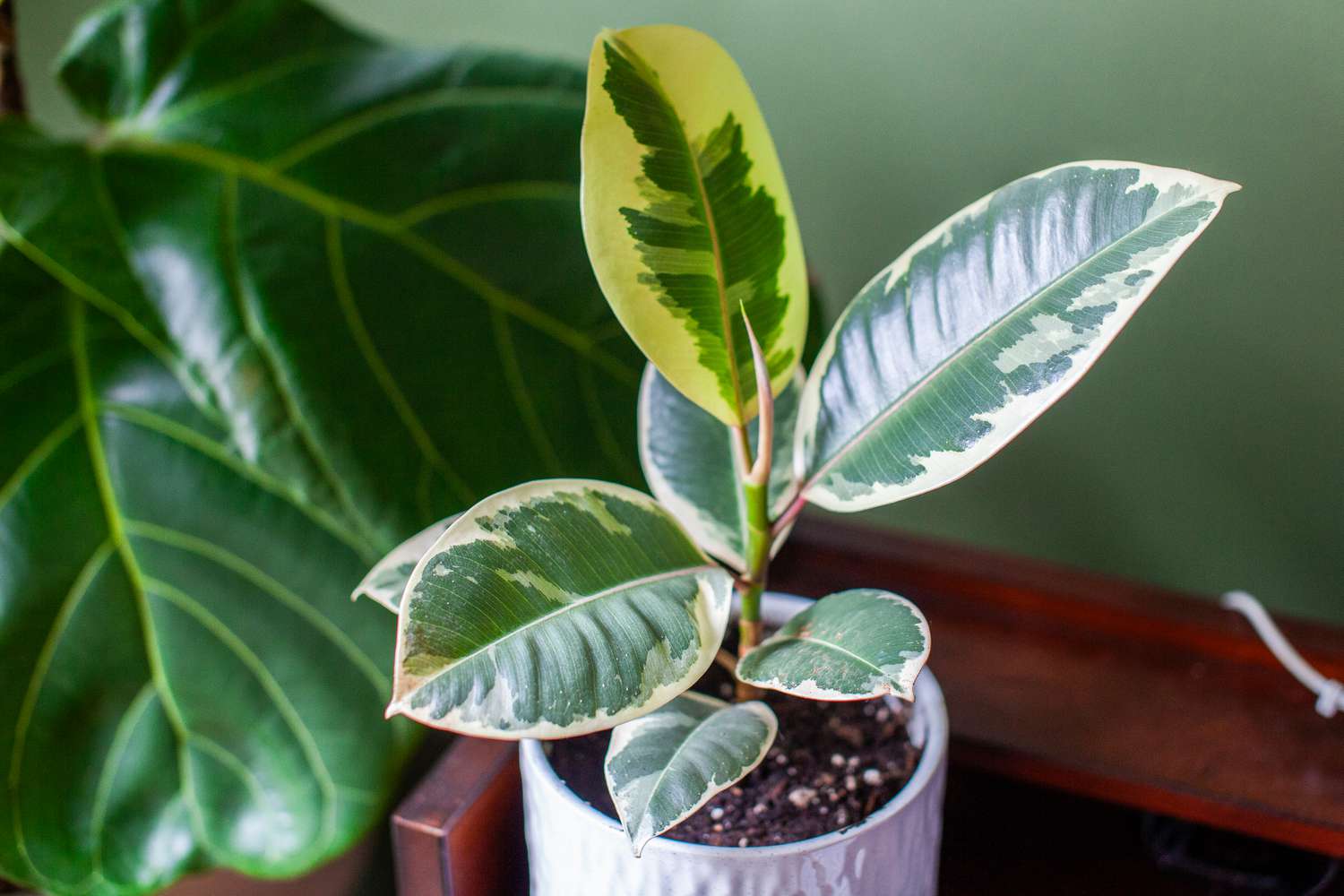
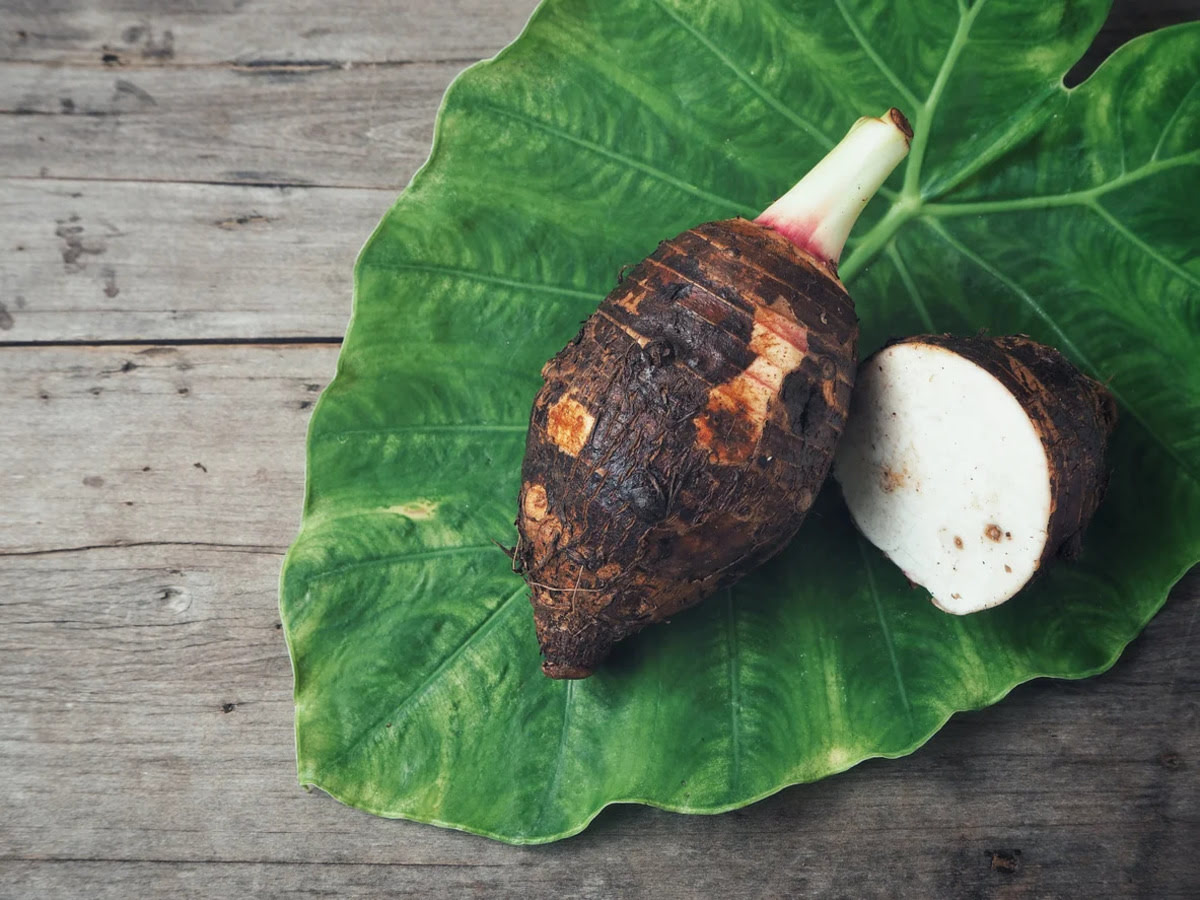

0 thoughts on “Indoor Alocasia Care Guide Elephant Ear Plant Tips”